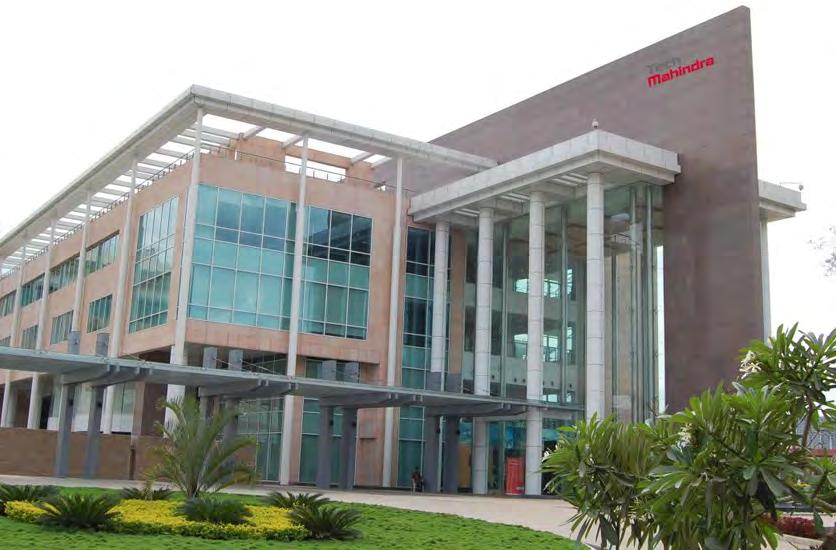
2 minute read
YEAR OF NEWMULTI-CLOUD FRAMEWORKS
We will see a big move toward new multi-cloud frameworks such as Sovereign Clouds, Local Zone Clouds, Zero-Carbon Clouds, and other novel cloud offerings.
In 2023, the economic climate will continue to be shaped by reducing costs and increasing efficiency. As deglobalisation and issues around data sovereignty accelerate, in the year ahead we will see a noticeable shift in how companies leverage multi-cloud architectures.
While 89% of enterprises are adopting a multicloud strategy for a variety of reasons, geopolitical, technical, provider diversification, the benefits come additional complexity in connecting, securing, and observing a multi-cloud environment.
We will see a big move toward new multi-cloud frameworks such as Sovereign Clouds, Local Zone Clouds, Zero-Carbon Clouds, and other novel cloud offerings. This will create a path toward more private and edge cloud applications and services ushering in a new multi-cloud operating model.
FADY YOUNES
Cybersecurity Director, EMEA Service Providers MEA, Cisco.
Enterprises and logistics providers will increasingly utilise IoT to bring full visibility into their supply chains in 2023. IoT and other technologies will not only play a larger role in bringing resiliency and efficiency into supply chains but will also improve cybersecurity and IT, OT network management.
As a result, enterprises and logistics providers will reconfigure supply chains around predictive and prescriptive models including smart contracts and distributed ledgers. This is a major transition toward more sustainable business practices and circular supply chains.
In 2023, we will see multiple, highly publicised instances of artificial intelligence used by some individuals and organisations to achieve unethical and socially destructive objectives. Industry, governments, academia, and NGOs will come together to begin hammering out a framework for governing AI in an ethical and responsible manner to mitigate potential harm.
This framework will be based on principles such as Transparency, Fairness, Accountability, Privacy, Security, and Reliability and will ultimately be applied to model creation and the selection of training data as defining principles of AI systems.
Transmitting keys is a fundamental risk to security, as they can be harvested and decrypted later. Quantum Key Distribution, QKD is poised to be particularly impactful because it avoids any distribution of the keys over an insecure channel. In 2023, in preparation for a postquantum world, we will see a macrotrend emerge with adoption of QKD in datacentres, IoT, autonomous systems, and 6G.
As modern cloud-native applications are becoming drivers of business, protecting the underlying application environment is critical. In 2023, developers will get more and more support from various development tools that speed up development cycles and allow them to manage and secure distributed application architectures with an emphasis on
REEM ASAAD
Vice President, Cisco Middle East and Africa.


delivering exceptional, secure digital experiences.
We will also see continued movement toward tools that allow security experts to collaborate seamlessly on these outcomes.
The problem with monitoring has always been too much data with too little context and business correlation. The evolution of application monitoring toward full stack observability will increasingly provide a view relative to business context.
When applied systematically, this will drastically speed up response and optimise business operations in real time. In 2023, business context will become widely recognised as an integral part of monitoring and visibility outcomes.
Net Zero will drive common standards to meet sustainability goals with advancements in Power Over Ethernet, PoE design and hardware to transform datacentres for a more sustainable future. Networking and APIs will become more advanced within datacentre platform management to monitor, track, and change the use of energy.
IT vendors and equipment partners will be more transparent in their reuse of hardware, circularity to move the needle with the sustainability processes. ë







